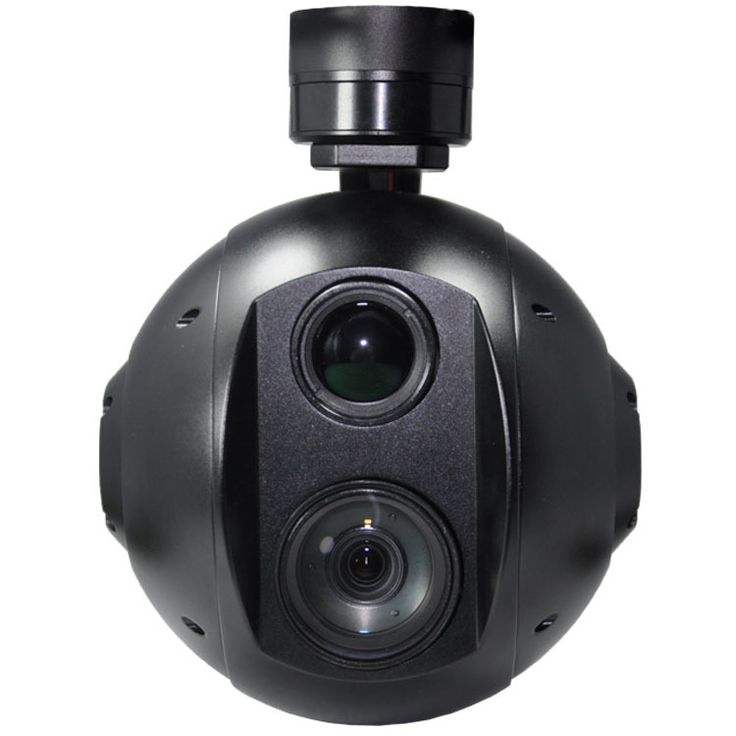360-Degree Cameras for Drones: The Next Big Thing in Aerial Imaging
Drones have already transformed the way aerial images and videos are captured, but the integration of 360-degree cameras is taking aerial imaging to a whole new level. These advanced cameras provide an immersive, panoramic view of the surroundings, making them ideal for applications in filmmaking, surveillance, mapping, and more. As drone technology continues to evolve, 360-degree cameras are emerging as a groundbreaking innovation, offering unparalleled perspectives and creative possibilities.
Unlike traditional drone cameras that capture footage from a single angle, 360-degree cameras use multiple lenses or fisheye sensors to record a complete spherical view of the environment. These images are then stitched together using advanced software, creating a seamless panoramic image or video. This technology provides a fully immersive experience, allowing viewers to explore scenes from any angle. Some key features of 360-degree cameras for drones include multi-lens systems with ultra-wide-angle lenses, real-time stitching powered by AI, high-definition resolution ranging from 4K to 8K, VR compatibility for immersive experiences, and stabilization technology that ensures smooth footage even in windy conditions.
The use of 360-degree drone cameras is unlocking exciting possibilities across various industries. In filmmaking and virtual reality (VR) content creation, cinematographers and content creators can now capture breathtaking aerial shots, providing an immersive storytelling experience. This is particularly beneficial for VR platforms, where users can explore environments as if they were physically present. In infrastructure inspection and mapping, 360-degree imaging enhances the inspection of large-scale structures like bridges, power plants, and construction sites. Engineers can analyze every angle of a structure remotely, improving safety and efficiency.
Environmental and wildlife researchers are also leveraging 360-degree drone cameras to document ecosystems, forests, and wildlife without disturbing their natural habitats. This technology helps track animal movements and monitor deforestation in a non-intrusive manner. Additionally, in surveillance and security, law enforcement agencies and security firms deploy these drones for border patrol, crowd monitoring, and disaster response. The all-angle visibility improves situational awareness, allowing authorities to detect threats more effectively.
The real estate and tourism industries are also benefiting from 360-degree imaging technology. Real estate developers and travel companies use aerial 360-degree tours to showcase properties and tourist destinations. Potential buyers and travelers can explore locations virtually, making decision-making more convenient and engaging.
The future of 360-degree drone cameras is promising, with advancements in AI, real-time data processing, and autonomous navigation. Upcoming developments include AI-enhanced object tracking, which enables drones to automatically identify and follow subjects, as well as higher frame rates and 12K+ resolution for professional-grade imaging. Innovations in edge computing will allow faster image processing without relying on external servers, while live streaming in 360 degrees will enhance real-time broadcasting for journalism, sports, and events.
Overall, 360-degree cameras are revolutionizing the drone industry by unlocking new creative and commercial opportunities. Whether for cinematic storytelling, scientific research, security, or virtual tourism, this technology is redefining aerial imaging. As drone capabilities continue to evolve, 360-degree aerial photography and videography will become more accessible, powerful, and widely used across industries, ensuring their functionality in various applications for years to come.
.png)






Leave a Comment
Your email address will not be published. Required fields are marked *